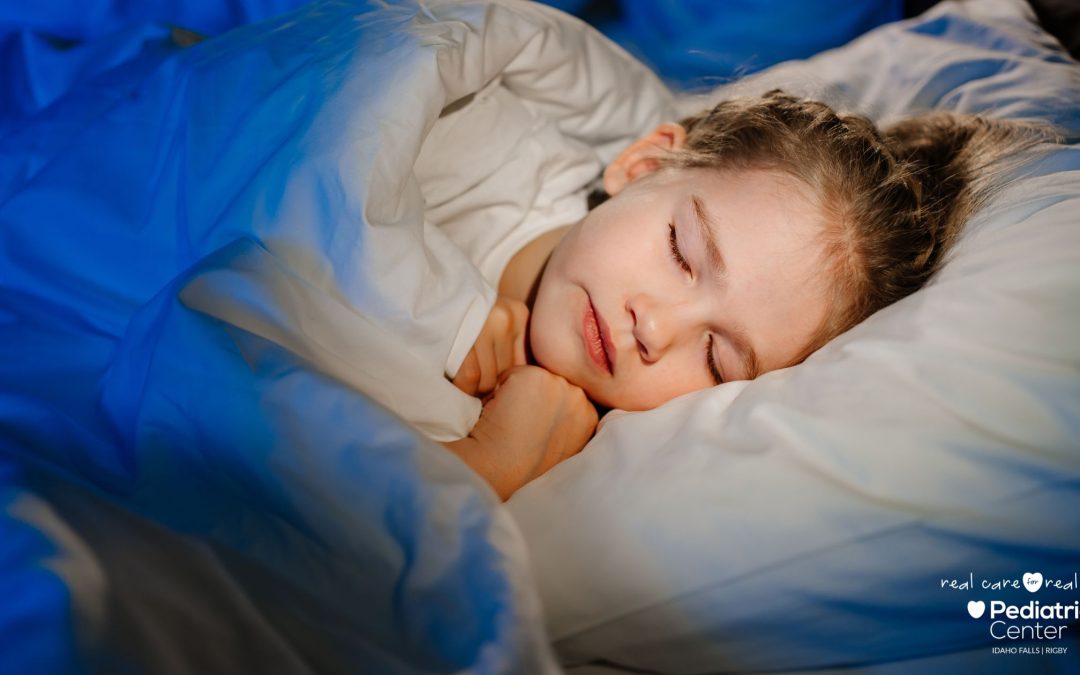
All About Anxiety
Childhood is a time of exploration, growth, and learning, but it can also be marked by challenges, including anxiety. Anxiety in children is more common than you might think, affecting millions of young minds around the world. As a parent or caregiver, understanding anxiety in children is crucial for providing the necessary support.
Understanding Anxiety in Children
Anxiety is a natural response to stress or perceived threats, even in children. It helps them stay alert and cautious, but when anxiety becomes chronic or overwhelming, it can significantly impact a child’s well-being and development.
Common Forms of Anxiety in Children:
Generalized Anxiety Disorder (GAD): Children with GAD worry excessively about a wide range of issues such as school, friendships, family, and health. These worries are often unrealistic or out of proportion to the situation.
Separation Anxiety Disorder: Common in younger children, this form of anxiety involves excessive distress when separated from caregivers, often leading to clinginess or refusal to attend school or daycare.
Social Anxiety Disorder: Children with social anxiety fear judgment or embarrassment in social situations. This can make school, parties, and even family gatherings distressing experiences.
Specific Phobias: Children may develop intense fears of specific objects or situations, such as dogs, spiders, or thunderstorms. These fears can be incapacitating and cause significant distress.
Panic Disorder: Though less common in children, panic attacks can happen, characterized by sudden and intense bouts of fear or discomfort.
The PHQ-9 and Its Role in Assessing Childhood Anxiety
The Patient Health Questionnaire-9 (PHQ-9) is a valuable tool used by healthcare professionals to assess and monitor symptoms of anxiety and depression in adults. While it’s not specifically designed for children, certain aspects of the PHQ-9 can be adapted to evaluate anxiety in young individuals.
The PHQ-9 consists of nine questions that ask individuals to rate the frequency of depressive symptoms over the past two weeks on a scale of 0 to 3 (0 = not at all, 1 = several days, 2 = more than half the days, 3 = nearly every day). To adapt it for children, healthcare providers can use age-appropriate language and modify the questions accordingly:
1. Feeling nervous, anxious, or on edge
2. Worrying too much about different things
3. Trouble relaxing
4. Being so restless that it’s hard to sit still
5. Becoming easily annoyed or irritable
6. Feeling afraid, as if something awful might happen
7. Worrying about things going badly
8. Having trouble concentrating on things, such as schoolwork or playing
9. Feeling tired or having little energy
Each question’s score is added together to give an overall score, with higher scores indicating more severe symptoms. This score can help caregivers and healthcare professionals gauge the severity of anxiety in a child.
Addressing Childhood Anxiety
Once anxiety is identified using tools like the modified PHQ-9, it’s essential to take appropriate steps to address it:
- Seek Professional Help: Consult your provider at the Pediatric Center. They can provide a formal diagnosis and recommend treatment options.
- Therapy: Cognitive-behavioral therapy (CBT) is often effective in treating childhood anxiety. CBT helps children identify and manage anxious thoughts and behaviors.
- Medication: In severe cases, medication may be prescribed by a qualified healthcare provider at the Pediatric Center. This is usually considered when therapy alone isn’t sufficient.
- Parental Support: Parents play a crucial role in helping their children manage anxiety. Learn about anxiety, be patient, and provide a supportive and loving environment.
- Lifestyle Changes: Encourage healthy habits such as regular exercise, a balanced diet, and sufficient sleep, as they can help reduce anxiety symptoms.
Anxiety in children is a common and treatable condition. Identifying anxiety through tools like the modified PHQ-9 can be a significant first step in getting your child the help they need. By seeking professional guidance from the Pediatric Center and providing unwavering support, you can help your child navigate the challenges of anxiety and ensure they grow into confident, resilient individuals ready to face the world with strength and courage.
If your children are showing symptoms of anxiety or you have other general health questions, contact the Pediatric Center. The Pediatric Center has been providing comprehensive care for infants, children, and teens in Idaho Falls and Rigby for over 55 years. Our providers can help find the right treatment plan to help you and your child effectively deal with their anxiety. Contact us at our Idaho Falls location at (208) 523-3060 or our Rigby location (208) 745-8927, to set up your appointment.


